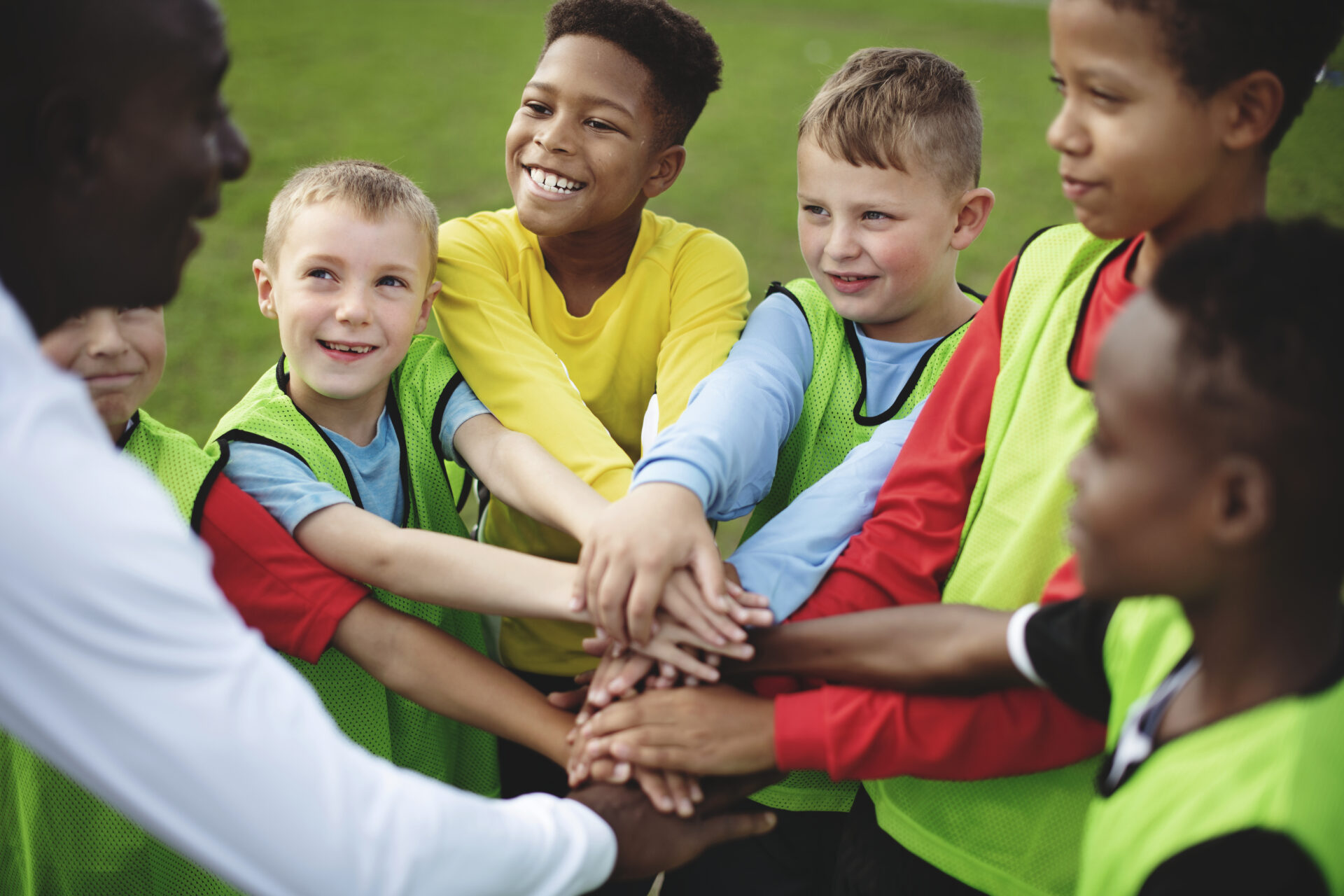To help you understand the risks and take preventive measures, we’re sharing key insights and tips from Orlando Orthopaedic Center’s “Youth in Motion: Common Sports Injuries and Their Prevention” infographic.
Understanding Youth Injury Prevention
Despite advancements in technology and sports medicine, injuries still cause many players to stop playing sports. However, we can protect youth athletes from sports-related injuries with proper gear and prevention strategies.
The statistics are alarming for youth injuries:
- Over 3.5 million children aged 14 and younger are injured annually playing sports or participating in recreational activities.
- Every 25 seconds, a young athlete suffers a sports injury severe enough to require emergency department treatment.
- 62% of organized sports-related injuries occur during practice.
- Strains, sprains, heat-related injuries, and concussions are among the most common injuries.
- The most frequently injured body parts are the ankles, head, fingers, knees, face, shoulders, and elbows.
Youth Sport-Specific Injury Risks
Some sports have higher injury rates than others:
- Football accounts for 28% of youth sports injuries.
- Baseball and softball contribute to 25% of injuries, with a concerning rise in severe shoulder and elbow injuries.
- Soccer is responsible for 22% of injuries.
- Basketball accounts for 15% of injuries.
Training, Stretching, Gear, and Preparedness: Prevention is Key
The good news is that many sports injuries can be prevented. Here are some essential tips:
- Proper Technique: Ensure athletes learn and practice correct sports-specific movements.
- Strength Training: Build strength and endurance to handle the physical demands of the sport.
- Warm-ups and Stretching: Always start with appropriate warm-up activities and encourage proper stretching.
- Hydration: Stay well-hydrated to prevent heat-related injuries.
- Concussion Awareness: Educate everyone involved about concussions and implement protocols for identification and management.
- Prompt Evaluation: Never ignore injuries or pain; seek evaluation from a sports medicine physician.
- Use Proper Gear: Ensure athletes wear appropriate protective gear.
- Rest and Recovery: Allow adequate rest and recovery time to prevent overuse injuries.
- Physical Therapy: Address early injuries promptly with exercises and rehabilitation.
Want to learn more? View the full infographic here.
By understanding the risks, taking preventive measures, and prioritizing safety, we can help our young athletes stay healthy and active. Let’s work together to ensure that every young athlete can safely pursue their passion for sports.
Orlando Orthopaedic Center is committed to supporting the health and well-being of young athletes.





